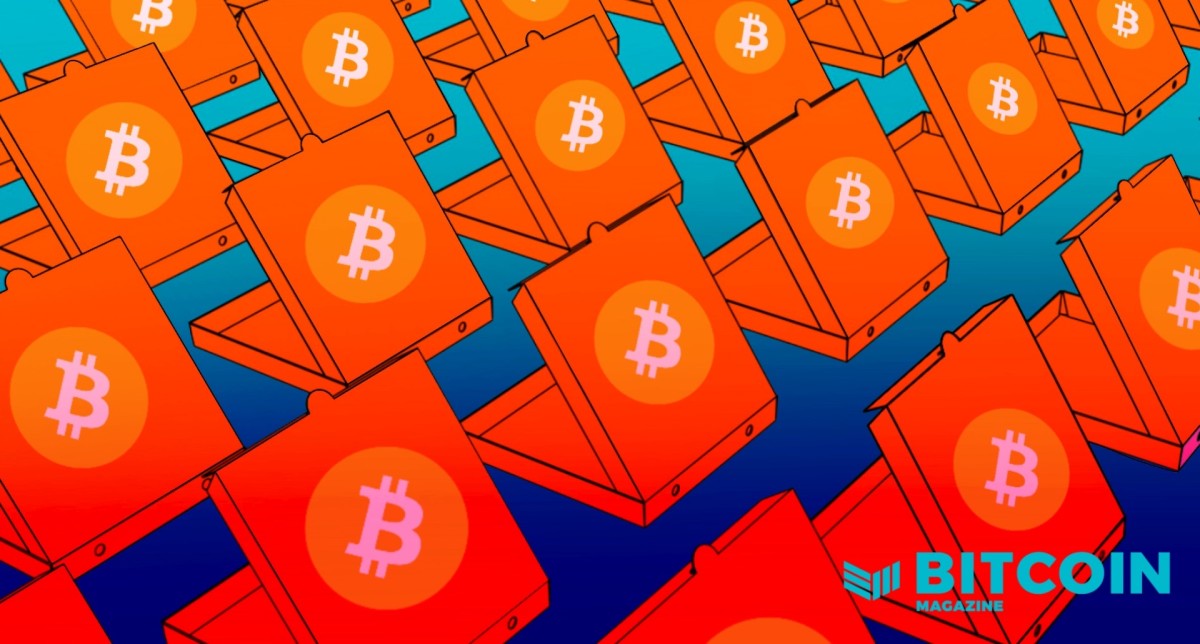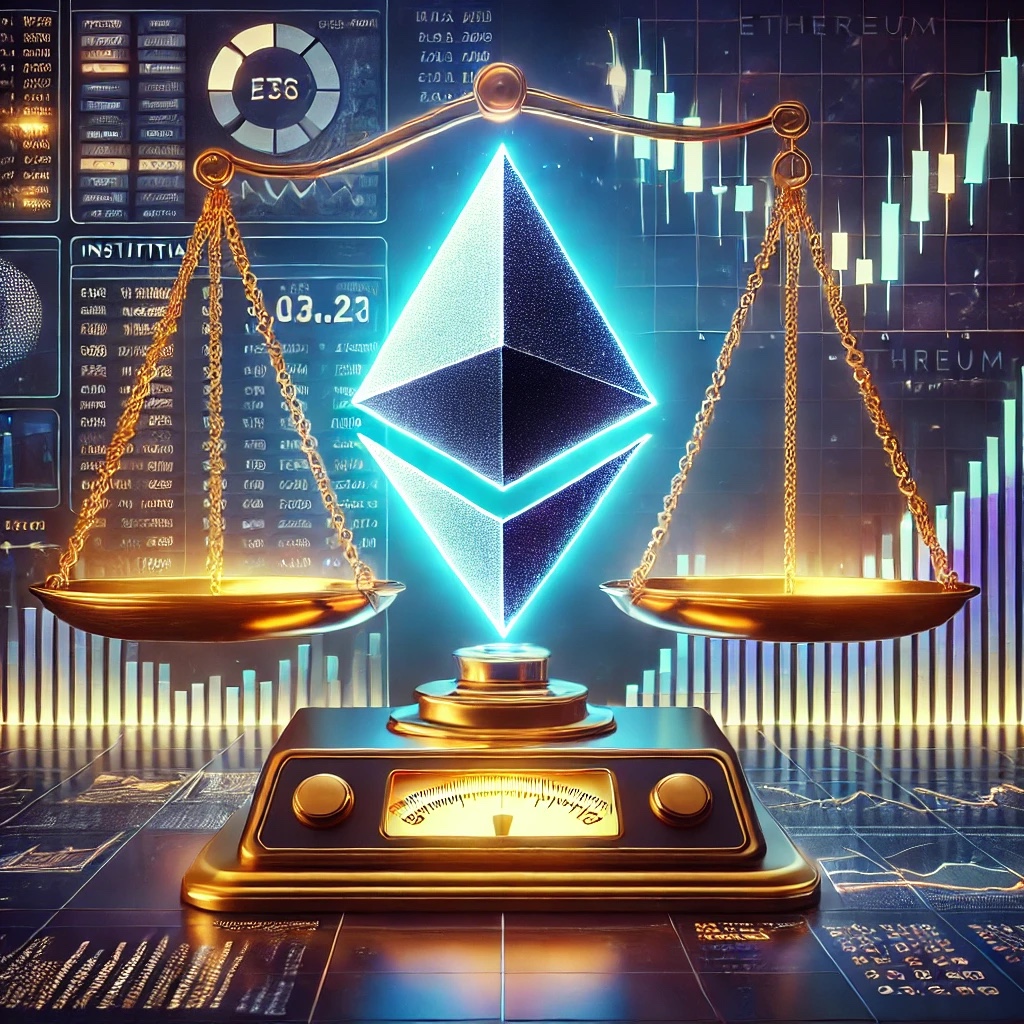May 22 is now forever known as Bitcoin Pizza Day, the holiday marking the date in 2010 when the first real-world good was bought with the first decentralized digital money.
Yet like every holiday, be it Thanksgiving or Valentine’s Day, Bitcoin Pizza Day might say more about those celebrating it today than any of the actual historical facts. Indeed, there remain those who view the holiday as passé or even against the values of the Bitcoin community.
What remains true is that by May 2010, Bitcoin had a small, but growing economy, one where bitcoin were still mostly traded peer-to-peer and on some small exchanges.
Eager to push the frontier of Bitcoin commerce further, Laszlo Hanyecz, an early developer and miner, put out the call that he was willing and ready to pay 10,000 BTC for two pizzas, should someone be willing to take him up on the trade.
Bitcoin user Jeremy “Jercos” Sturdivant would agree to the terms, and two Papa John’s pies would arrive at Hanyecz’s house shortly thereafter. History was made — but some supporting facts have been lost to time.
In honor of the 11th anniversary of Bitcoin Pizza Day, we’ve compiled a list of lesser-known facts about what’s perhaps the most famous of Bitcoin holidays.
At this year’s bitcoin price high of $63,000, the two pizzas were worth $630 million.
1) 10,000 BTC Was Worth Just $41 At The Time Of Purchase
Though data on the early Bitcoin economy is getting hard to come by, according to Bitcoin user ender_X, Hanyecz could have traded his bitcoin on an exchange for U.S. dollars … about $41 to be exact. Should the figures be accurate, that puts the price per bitcoin at roughly $0.004 — or four-thousandths of a penny — at the time of sale.
While that figure isn’t exactly zero, the price was low enough for ender_X to think Hanyecz might be getting the better of the deal, his post ending with the quip — “good luck on getting your free pizza.”
2) Hanyecz Had To Wait Four Days To Get His Pies
Sure, it’s not as impressive as Satoshi waiting nearly 11 months for bitcoin to establish a price, but by conventional food delivery standards, Hanyecz waited a while for his order.
In fact, Hanyecz first posted on the Bitcoin.org forums on Tuesday, May 18, at the time writing:
“I’ll pay 10,000 bitcoins for a couple of pizzas.. like maybe 2 large ones so I have some left over for the next day. I like having left over pizza to nibble on later … If you’re interested please let me know and we can work out a deal.”
Even so, he didn’t end up getting his pizza until Saturday. By Friday, some were even led to reach out about Hanyecz’s health, with user BitcoinFX asking if he was “getting hungry.”
“I just think it would be interesting if I could say that I paid for a pizza in bitcoins,” Hanyecz replied.
Jercos would help him complete the delivery the next day, the transaction taking place at around 2:16 p.m. EST, according to records supported by Bitcoin Talk.
3) Hanyecz Bought More Than Two Pizzas For Bitcoin
Hanyecz didn’t just stop with two pizzas, however. Enticed by the response, Hanyecz sought to push the limit in June, adding to his post that the deal was “an open offer.”
“I will trade 10,000 BTC for 2 of these pizzas any time as long as I have the funds (I usually have plenty),” he wrote on June 12. “If anyone is interested please let me know.”
Rumor has it that there were other pizza-order exchanges, and there’s some evidence to hint this might be the case, with Hanyecz bringing his open offer to a close in August.
“Well I didn’t expect this to be so popular but I can’t really afford to keep doing it since I can’t generate thousands of coins a day anymore,” he wrote. “Thanks to everyone who bought me pizza already but I’m kind of holding off on doing any more of these for now.”
That’s not to say he put his pizza-buying past behind him fully. In 2018, Laszlo became the first person to buy a pizza over the Lightning Network, though he paid just 0.00649 BTC at the time.
4) Jercos Eventually Sold His Bitcoin
As the Bitcoin Pizza Day holiday grew, it wasn’t long before Jeremy “Jercos” Sturdivant would be thrust back into the limelight. He’d give his only interview to a website called “Bitcoin Who’s Who” in 2015, five years after the trade.
To the likely dismay of current HODLers, Sturdivant said at the time “a currency is meant to be spent,” noting that the 10,000 BTC he received “made it back into the economy quickly” by the time they were worth about $400 in total.
“Naturally there will always be people hoarding coins, trying to get rich, and quite a few people did get quite rich, but they wouldn’t have got that way without economic growth allowing it,” he said, noting he felt Bitcoin was meant to be more akin to a PayPal or Stripe.
Sturdivant added some other notable details about the transaction, which he says was finalized over IRC while noting he was just 19 years old at the time of the trade.
5) Bitcoin Pizza Day Wasn’t Widely Celebrated At First
While Bitcoin Pizza Day is widely known today, records about any celebrations are scarce before 2014. That isn’t exactly surprising, as before 2013 awareness of Bitcoin was low.
It appears that Hanyecz’s story was popularized in part by a New York Times article and subsequently boosted in 2014 by a blog and tweet from the @Bitcoin twitter handle.
Due to the price of bitcoin, then testing $1,000, the story went national in the U.S., with major media outlets like ABC News joining TechCrunch, Slate and The Wall Street Journal in popularizing the transaction.
Still, as on display in the WSJ post, there was a certain slant taken, with the holiday popularized as a way to scold “bitcoin hoarders” who wanted to use the technology as a store of value as opposed to a payment method, a tension among users that continues to this day,
6) Bitcoin Pizza Day Wasn’t The First “Bitcoin Holiday”
That’s right, Bitcoiners have been creating holidays for almost as long as the technology has been around, the first commemorative date set in 2011.
At the time, Bitcoin users were keen to mark the disappearance of Bitcoin creator Satoshi Nakamoto, who had recently stepped down from his role as project lead, declaring April 28, 2011, “Satoshi Disappear Day.”
“I propose we make a bitcoin holiday in honor of our legendary anonymous founder and to observe the fact that the bitcoin community will be just fine after the inventor of bitcoin left,” wrote user Kiba at the time.
Though Bitcoin Pizza Day occurred a bit earlier, it took some time for it to become a holiday, most likely because the price had yet to really rise. It’s worth noting also that Bitcoin Pizza Day in some ways seems to coincide with the “Bitcoin for payments” narrative pushed by industry businesses from 2014 through 2016.
7) You Can Still See The Pictures Of The Real Bitcoin Pizzas
Wondering what multimillion-dollar pizzas actually looked like? Wonder no more.
Thanks to Hanyecz’s penchant for photography, we have well-kept records of just what these expensive pies looked like at the time they were eaten in 2010.
Hanyecz posted a total of five pictures of his food, which appear to have a variety of less than traditional toppings, including olives, jalapeños, whole tomatoes and more.








